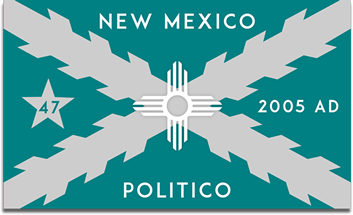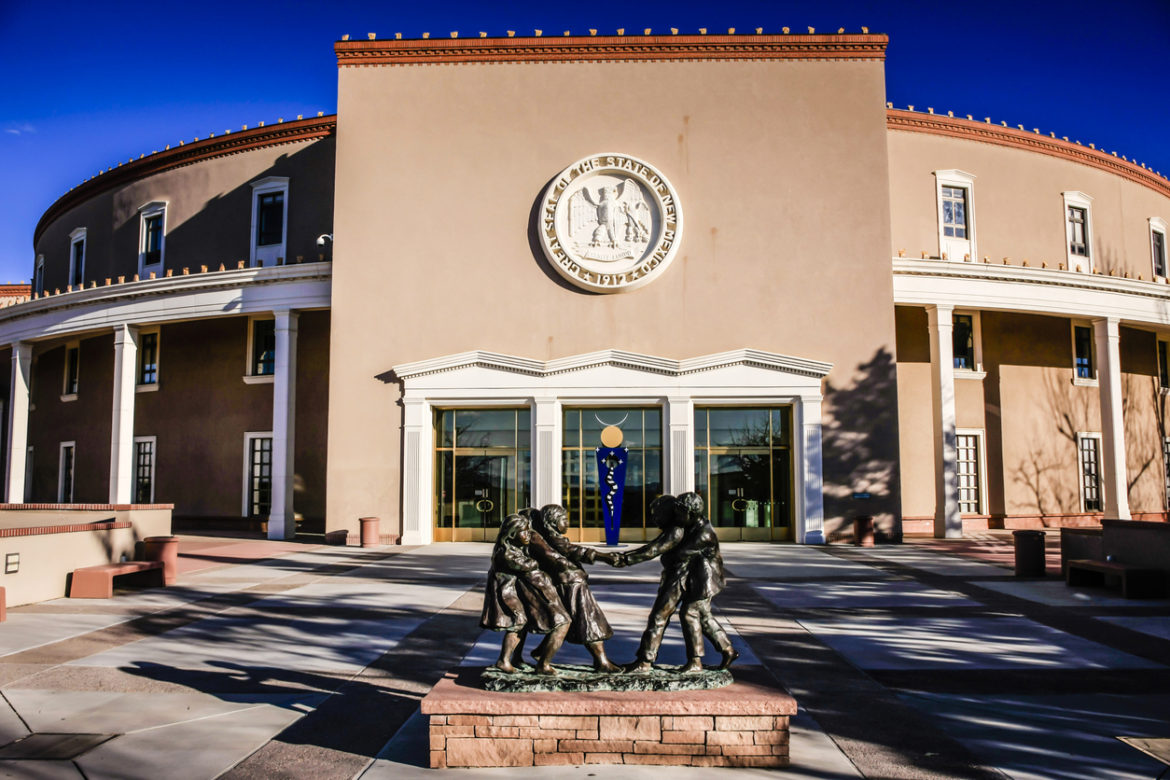Nearly a year after the viral popularity of the #MeToo movement, sexual assault continues to be a controversial discussion topic in the worlds of politics, entertainment, churches, universities, and amongst our own social circles. The explosive story at the heart of the movement now is that of Dr. Christine Blasey-Ford, who has faced death threats for coming out publicly and testifying as the victim of the alleged assault committed by Supreme Court nominee Brett Kavanaugh. In the ongoing reports of Hollywood’s sexual misconduct, Bill Cosby, a man once known as “America’s Dad” was sentenced to 3 to 10 years in prison for drugging and sexually assaulting a woman in 2004 and will be classified as a “sexually violent predator.”
Kavanaugh and Cosby may not appear to have much in common on the surface, but the discourse spurred by their alleged actions have sparked a common question: Why don’t victims just report their rape or assault right after it happens? Kavanaugh’s accusers say that the incidents they experienced took place in the 1980s, and many of Cosby’s accusers also waited years to come out with their stories. There are a number of reasons women do not report these crimes. Television host Padma Lakshmi wrote an opinion piece in the New York Times recently about why she stayed silent when she was raped at age 16. Victims often see it as something that was somehow their fault. When they are asked what happened, they are also asked what they were wearing or if they were drinking, as if a short skirt or a glass of wine is an open invitation to be violated.
According to a nationwide survey conducted this year by a nonprofit called Stop Street Harassment, the numbers of women who have been sexually harassed and assaulted are much higher than previously thought. The statistics did not surprise me. I have experienced verbal sexual harassment too many times to count, and according to the survey, so have 77% of women around the country. When it comes to unwelcome sexual touching, 51% of women have been victims, myself included.
As for sexual assault and violence against women in New Mexico, we have historically not been effective at administering justice or protecting the people who are most at risk. The Office of the State Auditor found in 2016 that there was a backlog of around 5,000 untested rape kits in our state, the vast majority of which were in Albuquerque. The city is making some progress on them, and has even reopened old cases, but the fact that there was such a backlog in the first place sends a clear message to rape victims. It tells them that they are not a priority, and that reporting the crime against them does nothing.
New Mexico is also in the top 10 states with the highest rate of women killed by men. New Mexico’s response to domestic violence has been described as “fragmented and uncoordinated,” and families of victims often describe the court systems as too lenient. In fact, in our state, battery on a household member is only considered a misdemeanor.
For Native American women in New Mexico, the statistics are even worse. More than half of Native American women will face domestic violence and sexual assault at some point in their lives. They have also been disappearing at alarming rates, and many of these disappearances may be attributed to human trafficking. Just this month, there have been 633 open cases of missing Native women across the country. Native women only make up 0.4 percent of the population in the U.S. but are going missing at a much higher rate than women of other ethnicities. Experts blame a variety of factors, including a lack of resources and funding for police departments and jurisdictional issues between tribal and local law enforcement. The Justice Department announced that it will be doubling funding for tribes to combat these high rates of violence against women, which is a step in the right direction, but we still have a long way to go.
There are 219,512 Native Americans in the state of New Mexico. They make up around 10% of our entire population. The violence these Native women face is appalling, and given that New Mexico has such a large population of them compared to the rest of the country, we need to start paying more attention. New Mexican women, whether they are Native American, Hispanic, or other races, deserve better. These issues must be discussed and addressed. The average New Mexican woman facing some form of violence is not going to get the attention that the Kavanaugh or Cosby or Weinstein cases have gotten. That does not mean that New Mexican women are any less important.
We must make sure candidates are aware of this. With the midterm elections coming up in just over a month, we need to seriously assess each and every candidate’s views on women. How do they talk about women of color, if at all? Do they shrug off sexual assault? Does the policy section of their website talk about domestic violence? Do they ignore women’s issues entirely? We need leaders who will actively work to empower women. We need leaders in our country, state, and communities who will encourage victims to report, and ensure that when these crimes are reported that justice is administered and the victims are given the support they need. We cannot continue ignoring victims, blaming victims, or telling victims that their stories do not matter.
It is not just up to the politicians to fix things. We all can do more too. When you see a drunk girl at a party and a man nearby trying to take advantage of her, say something. When your female friend tells you she feels unsafe, don’t leave her alone. If you have children, teach them about consent at an early age. When you see a news story about another woman in New Mexico that has been murdered or trafficked, read it. Be informed. If you do nothing, you are part of the problem.
As a state, we need to be better. I believe we can be. It will take time, but we can get there. For any politicians who don’t think these issues matter, don’t forget that women are voters too.

